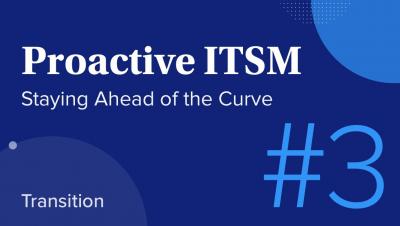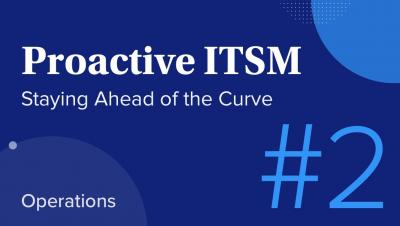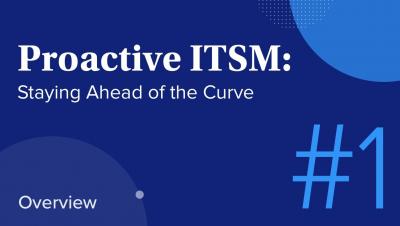Leverage the Power of Opsgenie and Dynatrace Together, Learn More: Visit us at Dynatrace Perform 2019
Dynatrace Perform is an event in Las Vegas January 28-30, that gathers folks in the cloud and software spaces looking to network, be inspired, and release better software, faster. As a Silver sponsor, Atlassian will have a booth staffed by members of the Opsgenie team, ready to talk to you about how Opsgenie's Dynatrace integration can lead to a faster MTTA (mean time to acknowledge) and reduced MTTR (mean time to respond) for your enterprise or medium business.











